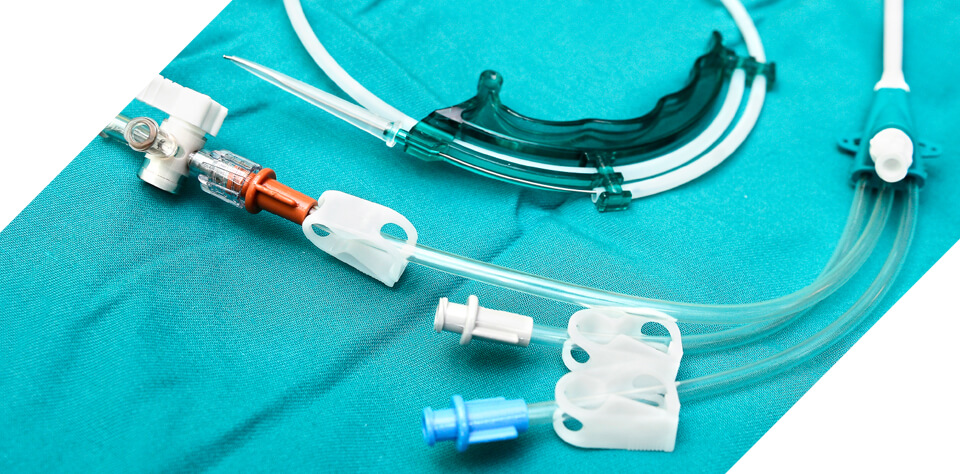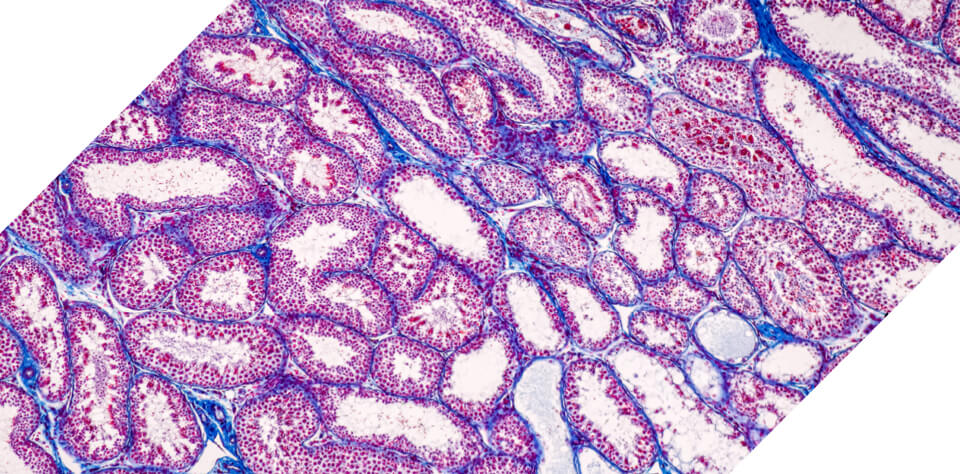Pelvic Venous Insuffiency
Pelvic Venous Insuffiency (PVI) is a condition in which the varicose veins surrounding the ovaries are enlarged due to a pooling of blood, leading to chronic pain and discomfort.

What you need to know
Risk factors for developing Pelvic Venous Insuffiency (PVI) include:
- Multiple pregnancies
- Hormonal imbalances
- History of blood clots
- Conditions that increase pressure in the abdomen, such as obesity or tumors
- Pain that worsens with prolonged standing or sitting
- Pain during or after sexual intercourse
- Aching or heaviness in the Pelvic area
- Back pain
- Varicose veins in the vulva or buttocks
- Abdominal bloating
When these prescribed methods of procedure are unsuccessful, Clarity Care offers minimally invasive embolization to combat PVI. During this safe and effective procedure, patients are placed under local anesthesia or conscious sedation. A small incision is made in the groin area and a catheter (a thin, flexible tube) is threaded into the femoral vein. Using X-Ray guidance, the catheter is navigated through the vein toward the affected pelvic veins.
Once the catheter reaches the pelvic veins, contrast dye is injected to visualize the blood flow and identify areas of congestion. Small coils or embolic agents (tiny particles or foam) are injected into the affected veins to block blood flow. The veins then collapse and redirect blood flow to healthier veins.
When this one- to two-hour procedure is complete, the catheter is removed, and pressure is applied to the incision site to prevent bleeding. Patients may be required to lie flat for several hours to ensure the puncture site heals properly. Recovery time is minimal, with most patients resuming regular activities within a few days.
The vascular specialists at Clarity Care can guide your decision to undergo PVI embolization with consideration to your overall health, potential risks, benefits, and alternatives.
Schedule an appointment?
LET'S GET STARTEDPowerline Central Venous Catheter
At Clarity Care, our specialized and highly trained healthcare professionals offer powerline central venous catheters, specialized devices that deliver medication, fluid, or contrast agents directly into the central venous system.

What you need to know
- rapidly administer medication,
- be used long-term (weeks or months) for durable and reliable access,
- provide fluid resuscitation,
- offer temporary hemodialysis for patients with acute kidney failure,
- provide intravenous nutrition,
- deliver contrast agents,
- obtain blood samples,
- and monitor central venous pressure
Powerline central venous catheters feature a power injection port specially designed to withstand the high pressures generated by power injectors commonly used in procedures such as computed tomography (CT) scans or angiography. These ports also have a low flow rate, allowing for rapid infusion of fluids or contrast agents.
Using multiple channels, the powerline central venous catheter allows for the simultaneous administration of different medications or fluids. For example, one catheter may have multiple channels for fluids, medication infusions, and blood sampling.
- infection at insertion site or more serious bloodstream infections,
- increased risk of thrombosis (blood clots),
- catheter malposition, impeding blood flow or damaging blood vessel,
- catheter occlusion, in which the catheter is blocked, prevents delivery of medication or fluid, and may require additional interventions,
- and pneumothorax, unintentional puncture of the lung during catheter insertion.
Schedule an appointment?
LET'S GET STARTEDUterine Fibroid Embolization
Uterine fibroid embolization (UFE) is a minimally invasive procedure used to treat benign tumors that develop in the wall of the uterus. By blocking blood flow to the fibroids, UFE can shrink these tumors and alleviate symptoms. To learn more about UFE procedures offered at Clarity Care and to find out if you may be a candidate, click here.

Prostate Artery Embolization
Prostate artery embolization (PAE) is a minimally invasive procedure used to treat benign prostatic hyperplasia (BPH), also known as an enlarged prostate. It involves blocking blood flow to the prostate gland, which leads to its shrinkage and symptom relief. To find about more about PAE procedure offered at Clarity Care and to find out if you may be a candidate, click here.

Varicocele Embolization
Varicocele embolization is an outpatient, minimally invasive procedure used to treat varicoceles, which are enlarged veins in the scrotum that can cause discomfort and infertility.

What you need to know
Compared to traditional surgical procedures, the minimally invasive varicocele embolization offers several advantages, including smaller incisions, less pain, shorter recovery time, and reduced risk of complications. Additionally, embolization targets the affected areas and spares the surrounding structures and tissues, minimizing the risk of damage to the testicles or surrounding blood vessels.
At Clarity Care, we specialize in treating varicoceles and can assess your situation, discuss potential procedures options, and determine the most appropriate course of action for you.
The physicians at Clarity Care can discuss your health and specific goals to determine is varicocele embolization is the right procedure for you.
Schedule an appointment?
LET'S GET STARTEDCare that covers Kansas City communities in Kansas & Missouri.
The Clarity Care Imaging & Specialty Care office is conveniently located at 9040 Quivira Road in Lenexa, Kansas. Our center is just north of Oak Park Mall with easy access from much of the Kansas City area including Overland Park, Olathe, Shawnee, Merriam, Mission, Leawood and Prairie Village.



